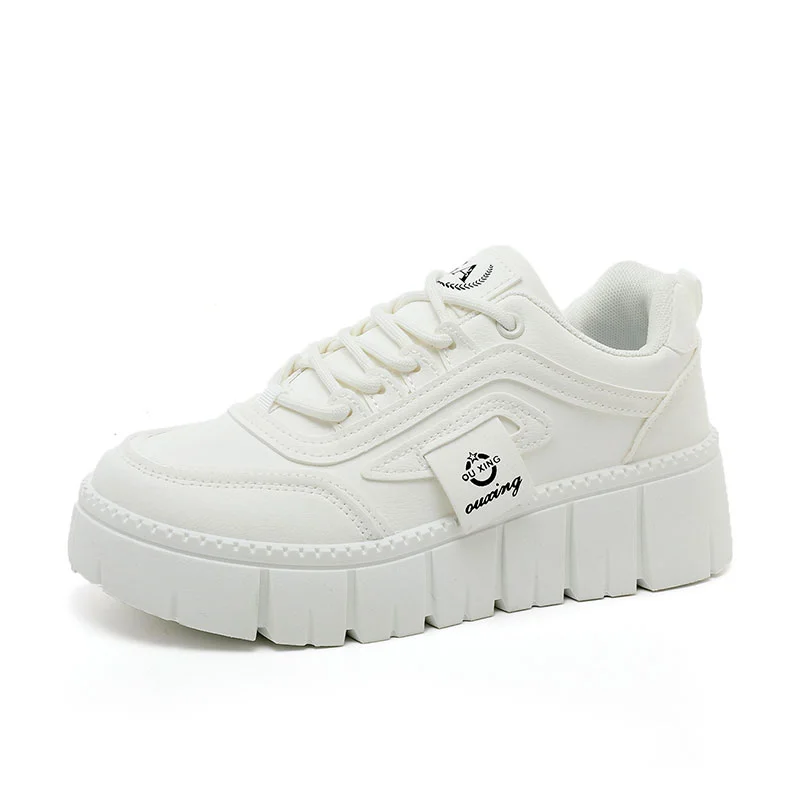In an era where environmental awareness is at the forefront of consumer choices, the fashion industry is undergoing a significant transformation. As we become increasingly aware of the ecological impact of our clothing, the question arises: What is the best fabric to wear for the environment? This article delves into the various fabric options available, examining their sustainability, production processes, and overall impact on the planet.
Understanding Fabric Sustainability
When discussing sustainable fabrics, it is essential to consider several factors, including the raw materials used, the manufacturing process, the lifecycle of the fabric, and its end-of-life disposal. Sustainable fabrics are those that minimize environmental harm, promote ethical labor practices, and often utilize renewable resources.
Natural Fibers: The Eco-Friendly Choice
- Organic Cotton:
Organic cotton is grown without synthetic pesticides or fertilizers, making it a more environmentally friendly option compared to conventional cotton. The cultivation of organic cotton promotes biodiversity, improves soil health, and conserves water. Moreover, organic cotton farming practices often support fair labor conditions, making it a socially responsible choice. - Linen:
Linen, derived from the flax plant, is another sustainable fabric. Flax requires significantly less water and pesticides than cotton, and its cultivation can improve soil quality. Linen is biodegradable, durable, and has a lower environmental footprint, making it an excellent choice for eco-conscious consumers. - Hemp:
Hemp is one of the most sustainable fabrics available. It grows quickly, requires minimal water, and can thrive without pesticides. Hemp also enriches the soil, making it a regenerative crop. The fabric produced from hemp is strong, breathable, and biodegradable, positioning it as a top contender in sustainable fashion.
Innovative Synthetic Fabrics
While natural fibers are often celebrated for their sustainability, innovative synthetic fabrics are emerging as viable alternatives that can also minimize environmental impact.
- Recycled Polyester:
Made from post-consumer plastic bottles, recycled polyester (rPET) reduces waste and the need for virgin polyester production, which is resource-intensive. The production of rPET consumes less energy and emits fewer greenhouse gases compared to traditional polyester. Brands are increasingly adopting rPET to create stylish, functional clothing while addressing plastic pollution. - Tencel (Lyocell):
Tencel, a brand name for lyocell, is produced from sustainably sourced wood pulp, primarily from eucalyptus trees. The closed-loop production process recycles water and solvents, minimizing waste and environmental impact. Tencel is biodegradable, soft, and breathable, making it a popular choice for eco-friendly apparel.
The Role of Certifications
When selecting sustainable fabrics, look for certifications that indicate environmentally friendly practices. Certifications such as Global Organic Textile Standard (GOTS), OEKO-TEX, and the Forest Stewardship Council (FSC) provide assurance that the materials meet stringent environmental and social criteria. These certifications help consumers make informed choices and support brands committed to sustainability.
The Importance of Lifespan and Care
Choosing the right fabric is just one part of the sustainability equation. The longevity of clothing and proper care can significantly impact its environmental footprint. Investing in high-quality garments made from sustainable fabrics can reduce the frequency of replacements, thereby minimizing waste. Additionally, following care instructions to extend the life of clothing—such as washing in cold water, air drying, and avoiding excessive ironing—can further reduce environmental impact.
Conclusion: Making Conscious Choices
In conclusion, the best fabric to wear for the environment is one that aligns with sustainable practices, minimizes ecological impact, and supports ethical labor conditions. Natural fibers like organic cotton, linen, and hemp stand out for their low environmental footprint, while innovative synthetic options like recycled polyester and Tencel offer promising alternatives. By choosing sustainable fabrics and caring for our clothing responsibly, we can contribute to a more sustainable fashion industry and a healthier planet.
